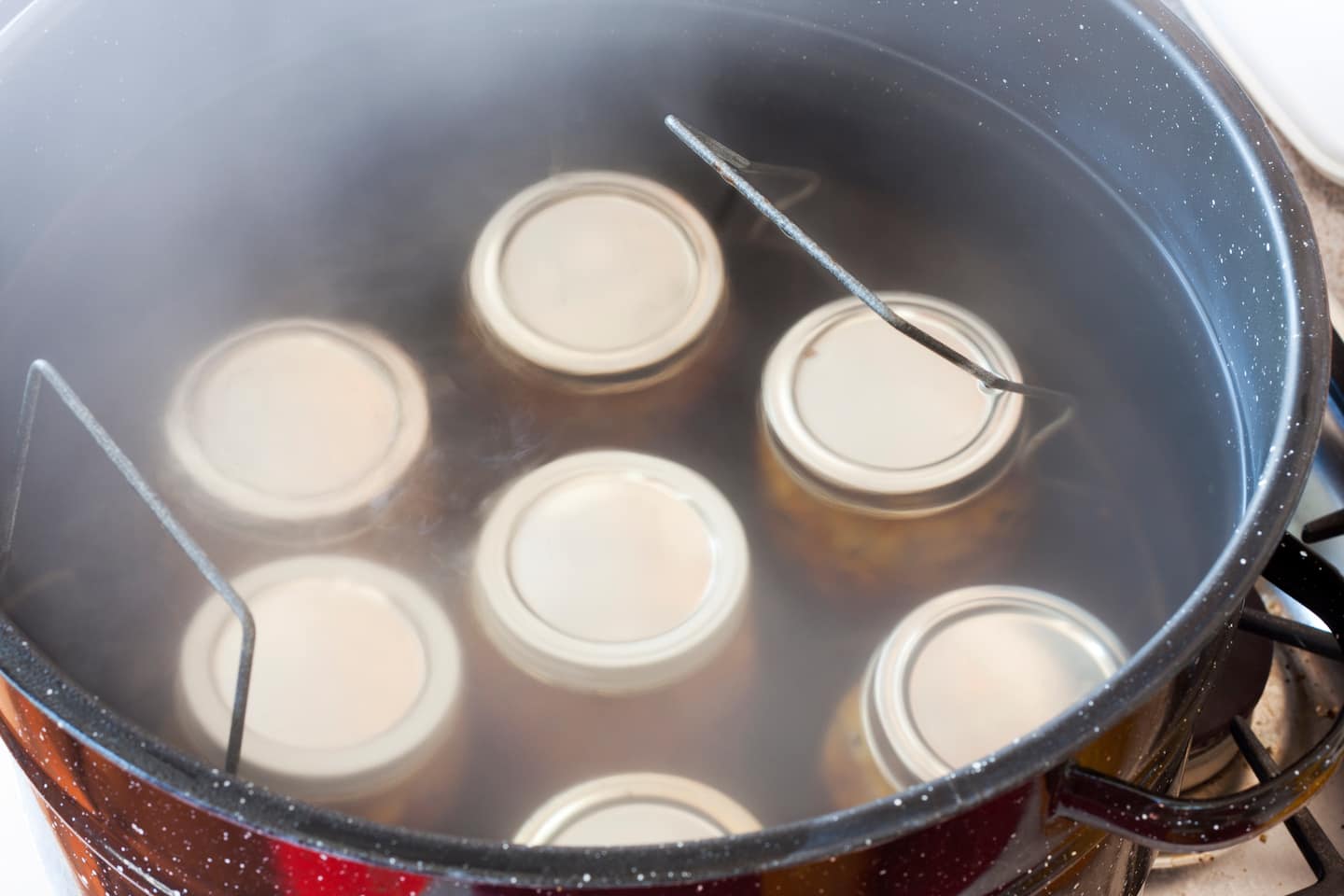Bon Appétit takes down a ‘dangerous’ video on canning seafood after experts warn of botulism risk

In the now-deleted show, Leone prepares canned mussels and lobster using a technique known as the water-bath method, in which jars of food are heated in a pan of water. But as legions of canning gurus quickly noted, that process is widely accepted to be unsuitable for seafood, and that the FDA’s canning guidelines and just about every canning expert say a pressure canner must be used for safe canning of meats and seafood.
Leone posted a mea culpa on his Instagram feed, warning viewers not to try it at home. “I apologize and if you did see the recent it’s alive episode — please don’t water bath your cans,” he wrote in a story that one user screenshotted. “I Apologize again and will do better as a teacher and student of food.”
At first, Bon Appétit left the video up and on Saturday added a comment saying that it used the water-bath method only “for camera” to show viewers “how proteins coagulate and flavors change during the canning process.” But it admitted that the product wasn’t meant to be shelf-stable, and the publisher later removed the video and the appended comment entirely.
Colleen Clemens, the program director for the Master Food Preservers of Orange County, called Leone’s video “dangerous misinformation.” In a video of her own, Clemons broke down the trouble with its approach: Only high-acid foods (like pickled vegetables), she notes, can be canned in a water bath. Lower-acid foods need to be processed using a pressure canner, which allows the contents to reach the temperature of 240 degrees needed to kill the bacteria that causes botulism.
Interestingly, in the now-deleted show, Leone’s guest instructor tells him that the contents of the jar need to reach that magic temperature of 240 degrees. Charlotte Langley, a chef and founder of Scout Canning in Toronto, repeatedly talks about safety, with Leone enthusiastically agreeing. “Safety is sexy,” she declares at one point, and Leone — in his energetic, Everybro persona — repeats her mantra.
But as Clemens notes, it’s impossible for a water-bath process to heat the jars and get the contents hotter than 212 degrees, the temperature at which water boils. “You can’t achieve a temperature of 240 degrees in anything other than a pressure canner,” Clemens says. (Attempts to reach Langley and her company were unsuccessful.)
The wildly popular Bon Appétit Test Kitchen channel has faced other controversy in the last year. A number of its most-followed personalities parted ways with the brand, with some citing the lack of representation of non-White chefs and disparate pay. Leone, one of the channel’s few original stars, often draws millions of viewers to each show.
The magazine and media company in October promised a fresh start under new leadership brought in following the resignation of longtime editor in chief Adam Rapoport after a photo of him in a racist “brownface” costume circulated. That promise included new editor in chief Dawn Davis, executive editor Sonia Chopra and global adviser Marcus Samuelsson.
“We are here to build a team that is empathetic, respectful, and open to being challenged,” Chopra said in a statement on Twitter.
Bon Appétit isn’t the first mainstream publication to give out potentially dangerous canning advice. In August, the New York Times published a recipe for canned tomato sauce using a hot-water method; after commenters pointed out the potential safety issues, the newspaper modified the recipe to add lemon juice to acidify the mixture.
Canning safety was also an issue last year for trendy Los Angeles cafe, Sqirl. The hotspot in July changed its practices for making its famous jam after stomach-churning photos and stories about employees being instructed to scrape mold off the top of buckets of jam circulated on social media.






